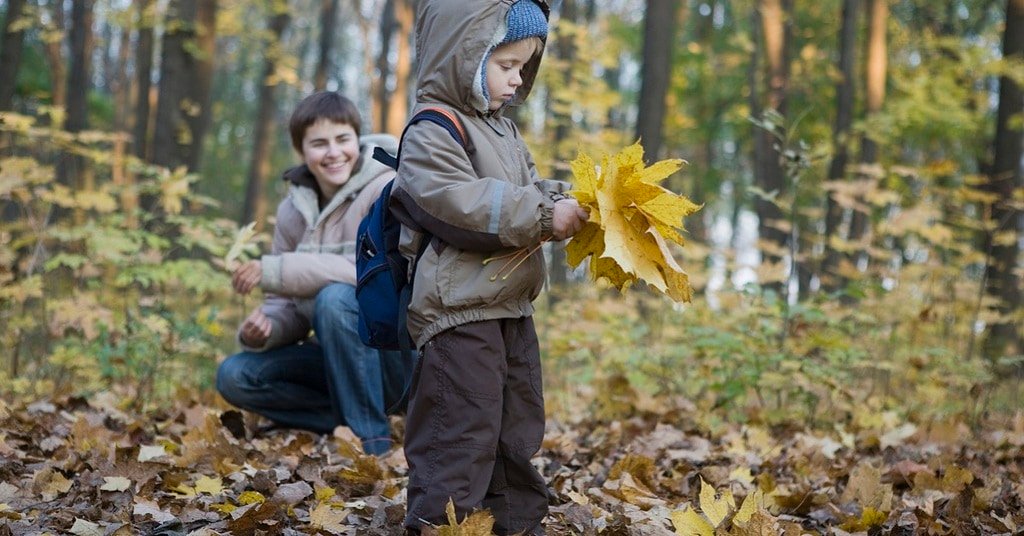It’s finally fall! While the season brings with it exciting things like pumpkin patches, cider, candy apples and Halloween, it also means it’s beginning to get darker outside earlier. Losing daylight has the potential to impact kids and their mental well-being.
The term that accompanies the sadness which corresponds to the change in seasons and loss of sunlight, is Seasonal Affective Disorder. Known as S.A.D. for short, it affects the young more often than the elderly. S.A.D. is identifiable through negative thoughts, an increased amount of time sleeping and isolation once grey skies appear, and can lead to more serious depression.
It’s important for us to help children fight through S.A.D. and find ways to stay positive and motivated throughout fall and winter. If you’re not sure where to start, here are some ways to ensure kids are as happy as possible, no matter the weather outside.
Make Home Cozy
As the weather becomes colder, people spend more time indoors at home. Embracing the seasonal change and making home a comfy haven is one easy way to promote happiness in kids. Having your home be a relaxing place to spend time can have a tremendous impact on a child’s mood. Have plenty of soft blankets around to cuddle under while watching T.V. or having a movie night. With constant adult supervision, light a few candles to create a cozy atmosphere. Check any negativity at the door and ensure you and the kids have a calm space to bask in and forget the weather.
Keep Active
When the weather is dark and grey, it’s easy for kids to feel less motivated. Don’t let that impact the time they spend being active. Activity is not only healthy for their bodies, it’s also beneficial for mental health. Exercise, in any form, helps release endorphins and feel good brain chemicals like serotonin and dopamine to help regulate moods and fight sadness and depression. One great exercise to start is yoga. Combining the physical poses and stretches with the mental focus and meditation, makes yoga a great exercise for children’s happiness.
Aid in Restful Sleep
Sleep is always important, but it becomes even more so when battling sadness and depression. We want to make sure kids are getting the right kind of sleep. This means a good and restful nine to eleven hours per night, depending on age. To help kids accomplish this, make sure they’re comfortable in their beds. This all starts with a good base; your kids mattress should foster a good night’s sleep and benefit the way they like to sleep. Then look to their surroundings. Instead of allowing them to sleep with the T.V. on for noise and light, buy a white noise machine and night light. Listen to what their preferences are and work with them to create it. Beware of oversleeping though, as this is a sign of S.A.D.
Get Creative
When they’re feeling sad, give kids an outlet to express themselves. Children are inherently creative, so giving them the tools to showcase this helps to grow that skill while also teaching them to channel their feelings. Have a dedicated craft box filled with supplies for your child to turn to when they’re feeling sad and need something to uplift them. This also offers the perfect opportunity for you to spend time together working on a project. Having your child explain their craft to you can also give you insight into their feelings so you’re able to understand why they’re sad and think of more ways to help.
Set an Example
You are a child’s biggest role model. In their eyes, you have all the answers and the ability to make anything better. Set an example as the seasons change and show your kids how to be happy. Embrace the fun activities that come along with fall and winter, instead of focusing on the increased grey skies and darkness. Spend more time with them to make them feel less lonely and talk to understand how they’re feeling. Being a positive presence in their lives during this time of year can truly make a difference in the way they view the outside.

